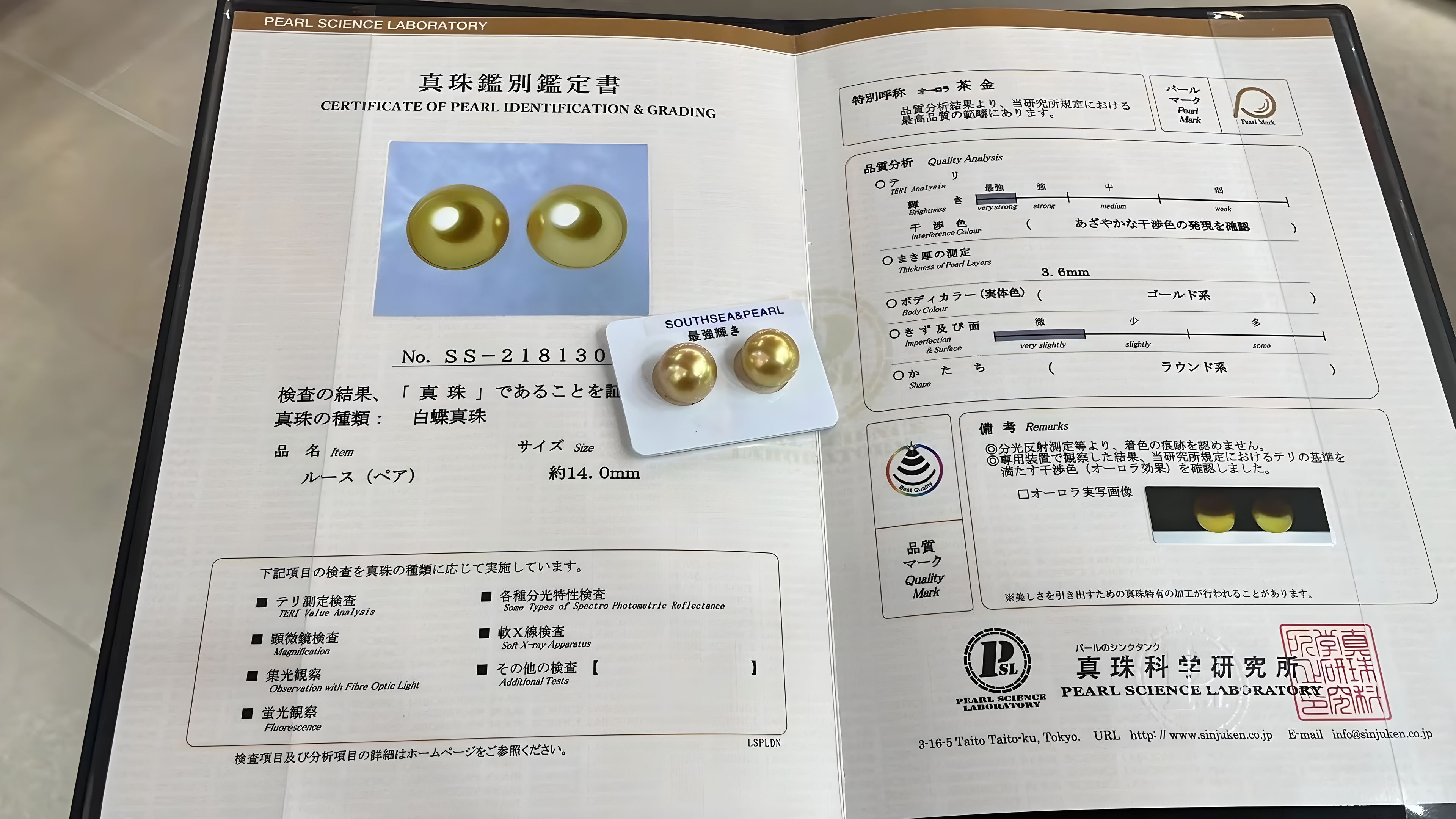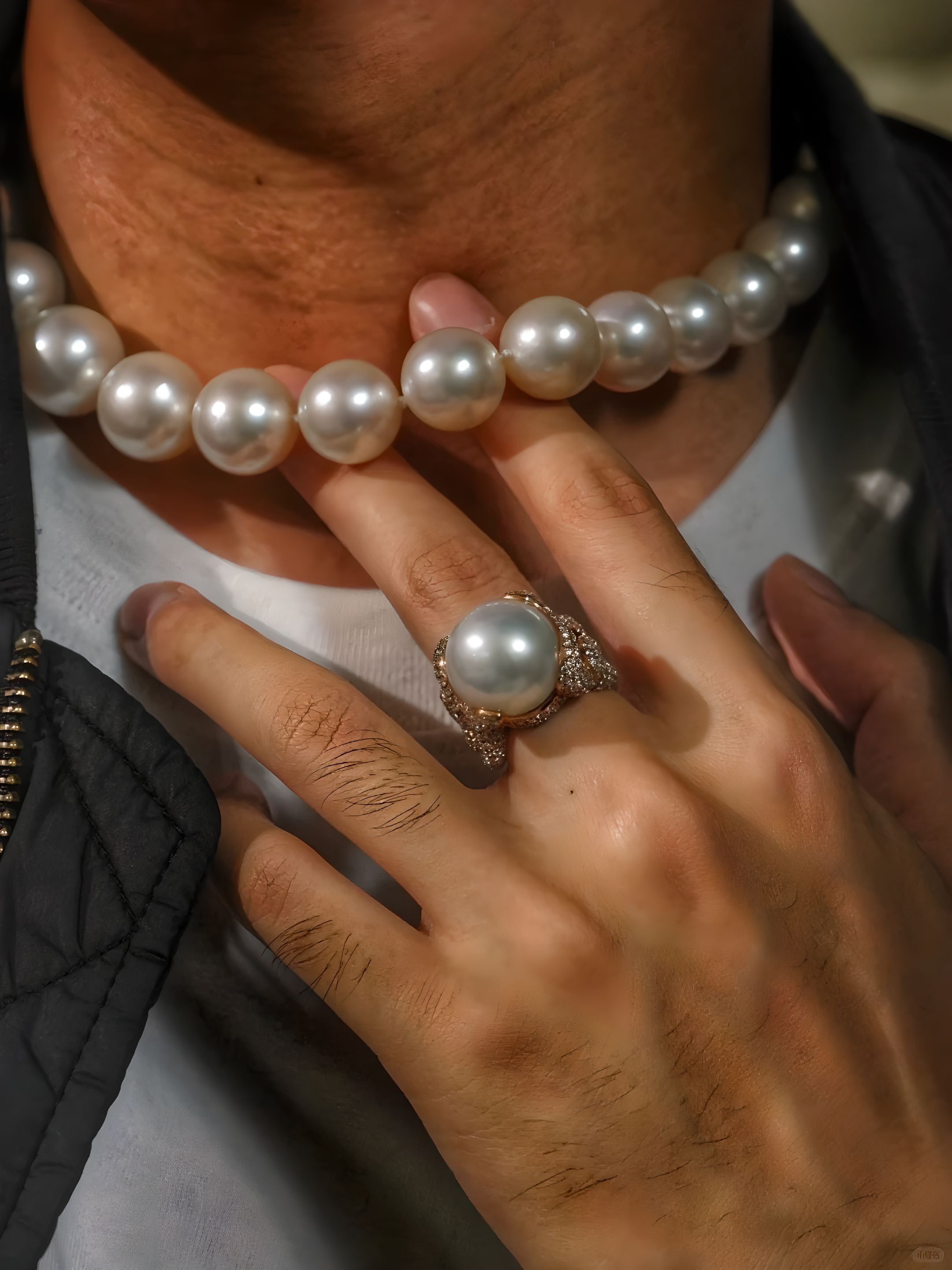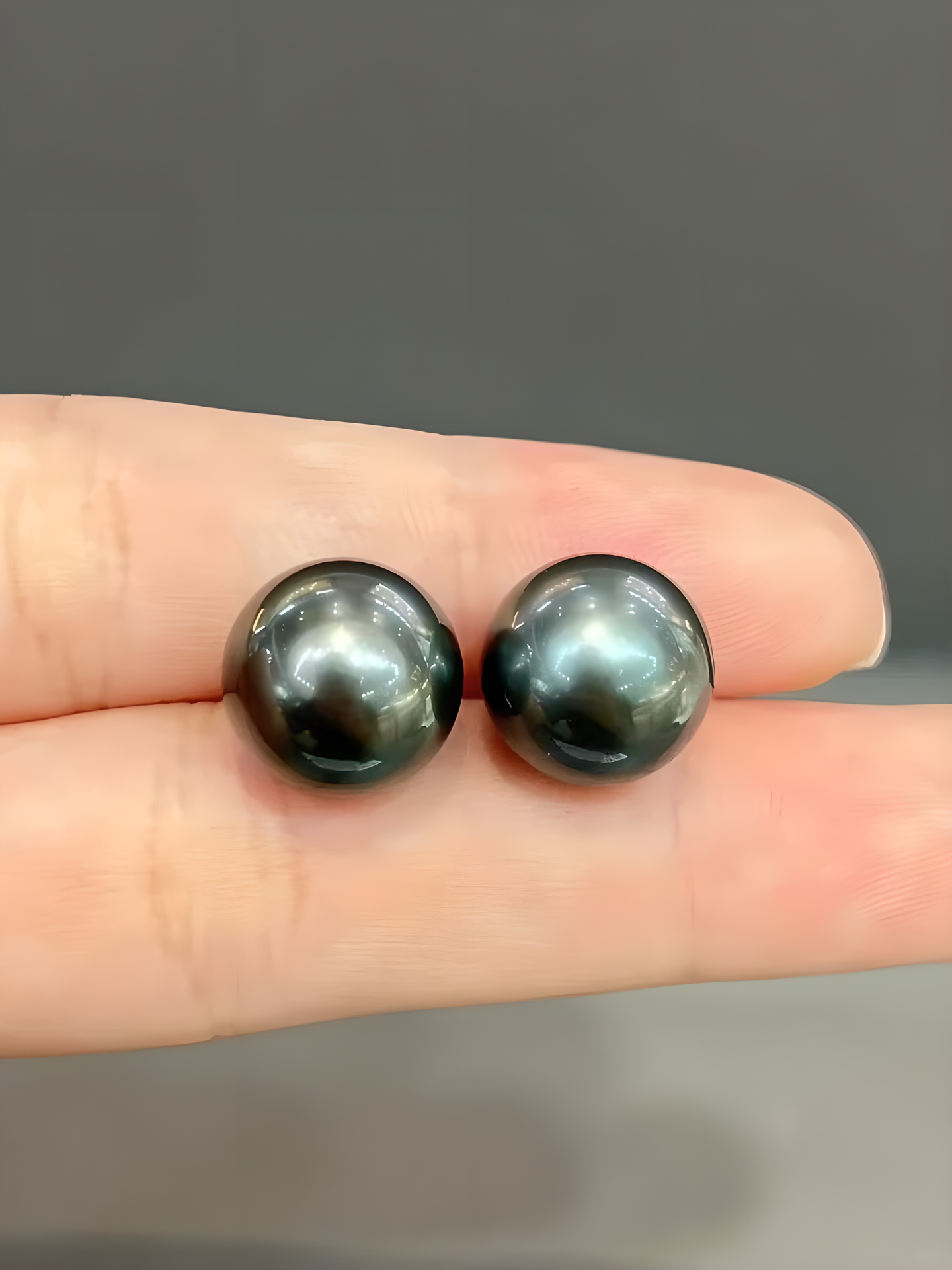
Akoya Pearls vs. Freshwater Pearls?
Japanese Akoya Pearls vs. Chinese Freshwater Pearls: Understand the Key Differences
Introduction: What Makes Pearls So Alluring?
Have you ever found yourself mesmerized by the timeless elegance of pearls, those lustrous gems of the sea? As symbols of sophistication and natural beauty, pearls have captured the hearts of jewelry lovers across the world. But not all pearls are created equal. Have you ever wondered what sets Japanese Akoya Pearls apart from Chinese Freshwater Pearls? In the luxury jewelry market, understanding these differences can elevate your appreciation and choice of such exquisite items. Let’s delve into the fascinating world of pearls, where nature’s artistry meets craftsmanship.

The Origin Stories
Japanese Akoya Pearls: Oceanic Elegance
Japanese Akoya Pearls have long been cherished for their breathtaking brilliance and mirror-like sheen. These pearls are primarily nurtured in the cold waters of Japan’s oceans, where the Akoya oyster cultivates them over many months. Known for their perfectly round shape and stunning luster, Akoya Pearls are often considered the epitome of classic pearl jewelry. According to Pearls of Joy, “Akoya Pearls are the gold standard when it comes to perfectly round and high-luster pearls.”
Chinese Freshwater Pearls: Nature’s Versatility
In contrast, Chinese Freshwater Pearls are cultivated in lakes, rivers, and ponds within China. These pearls come from the freshwater mussel, and they offer a wide variety of shapes and sizes due to the mussel’s capacity to produce many pearls at once. Known for their affordability and variety, these pearls offer unique charm and versatility, making them popular among fashion-forward individuals. As noted by Jewelry Notes, Freshwater Pearls are known for their diverse shapes and the ability to be larger than their saltwater counterparts.
Key Differences: Shape, Luster, and Size
Shape: The Perfect Sphere vs. Organic Variety
Japanese Akoya Pearls are highly prized for their near-perfect roundness, a feature that contributes to their luxurious appeal. This uniformity enhances the elegance of pearl necklaces and earrings, offering a classic aesthetic that is timeless. On the other hand, Chinese Freshwater Pearls are available in a plethora of shapes—ranging from oval to baroque—adding an element of artistic expression to jewelry pieces.
Luster: Mirror Shine vs. Subtle Glow
The luster of pearls can be described as a depth of glow emanating from within the layer of nacre. Akoya Pearls are renowned for their sharp, mirror-like luster, which provides a radiant shine that catches the eye. Conversely, Freshwater Pearls possess a softer, more subdued glow, lending them a romantic and gentle presence. As explained by The Pearl Source, “The intense luster of Akoya pearls is unrivaled, illuminating any piece of jewelry with a vibrant shine.”
Size: Smaller Sophistication vs. Bold Statements
Typically, Akoya Pearls range from 6mm to 8mm in size, making them ideal for classic jewelry pieces that exude subtle sophistication. Freshwater Pearls showcase a broader size range, often larger than Akoya Pearls, which can create bold and eye-catching statement pieces.
Price and Availability
Investment Pieces vs. Affordable Luxury
Japanese Akoya Pearls, given their renowned quality and scarcity, typically command higher prices in the market. They are seen as an investment in timeless elegance. In contrast, the availability and diversity of Chinese Freshwater Pearls make them more accessible for those seeking luxury at an affordable price point. This variety ensures that there’s a pearl for every style and budget.
Conclusion: Choosing Your Perfect Pearl
When it comes down to it, the choice between Japanese Akoya Pearls and Chinese Freshwater Pearls boils down to personal preference and the intended use of the jewelry. Are you drawn to the classic, refined allure and undeniable shine of Akoya Pearls, or do you find yourself charmed by the unique shapes and accessible luxury of Freshwater Pearls? Both types exhibit stunning natural beauty, echoing the wondrous diversity found in the world of pearls. Whatever your choice, understanding the key differences equips you to make an informed decision, ensuring that your pearl purchase is not only a reflection of style but also of informed elegance. Dive into the world of pearls, and let your journey begin!
Article Keywords Tags
- Akoya Pearls
- Freshwater Pearls
- Pearl Jewelry
- Pearl Differences
- Japanese Akoya
- Chinese Freshwater
- Luxury Pearls
- Pearl Shopping Guide



Leave a comment
This site is protected by hCaptcha and the hCaptcha Privacy Policy and Terms of Service apply.